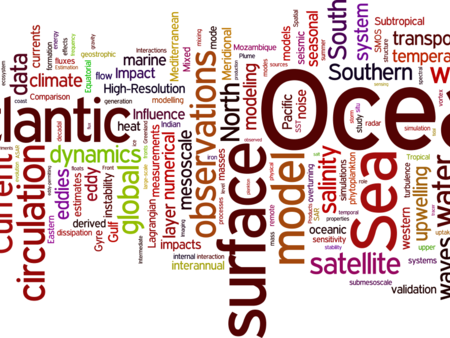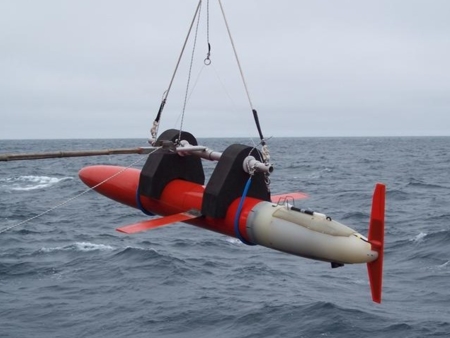WAAXT
Wave-modulated Arctic Air-sea eXchanges and Turbulence
ERC grant
European Research Council, Executive Agency, established by the European Commission
This is a project designed to improve our understanding of ocean boundary layer processes in a changing Arctic Ocean. Sea ice extent in the Arctic Ocean has been decreasing since the beginning of the satellite era, meaning that open-water, as opposed to under-ice, oceanographic processes are becoming increasingly important for Arctic dynamics. One of the most fundamental differences between the open and ice-covered oceans is the presence of surface waves. Surface waves and wave-driven processes drastically alter air-sea fluxes, upper-ocean turbulence, and the dominant dynamical balance in the upper ocean.
WAAXT will be based on a series of field experiments to study the small-scale processes associated with this emerging wave climate, with a particular focus on near-surface turbulence. Three major effects of wave processes will be targeted:
- Modification and suppression of ice formation by wave motions and the associated elevated near-surface turbulence
- Physical breakup of sea ice by wave motions, and the associated contributions to the modification of air-sea fluxes, upper-ocean structure, and melt rates
- Interactions between wave-driven turbulence, especially breaking and Langmuir circulations, with the unique salinity-based stratification in the Arctic basin.
A key aspect of these processes is their horizontal variability, which will be captured using a multi-platform approach. Experimental work will begin in a natural laboratory in the Saint Lawrence Estuary and move to the Arctic as scientific and technical capacity is developed.
The long-term goal for WAAXT is to produce the data and parameterizations needed to understand climate-scale feedbacks associated with the emerging wave climate in the Arctic basin.







